Secret Ireland: 7 Overlooked Natural Wonders
Go beyond Ireland’s famous sites and discover these equally beautiful but much less crowded places – mirror lakes and ancient castles, remote monasteries, pristine beaches, and hidden waterfalls. Nomad Ronan shares the best hikes and the ideal road trip for exploring them all.
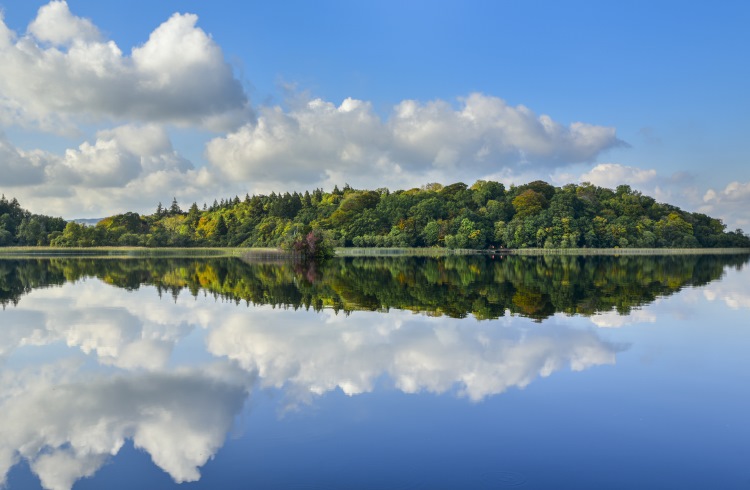 Photo © Ronan O'Connell
Photo © Ronan O'Connell
While travelers flock Ireland's famous natural wonders, such as the Cliffs of Moher and Ring of Kerry, hidden off the tourist trail are equally spectacular yet comparatively empty landscapes. From dense forests to stunning valleys and sacred mountains, here are seven overlooked spots worth discovering.
- Slieve League (County Donegal)
- Dooney Rock Forest (County Sligo)
- Doo Lough (County Mayo)
- Lough Key Forest Park (County Roscommon)
- Keem Bay (County Mayo)
- Glencar (County Leitrim)
- Gougane Barra (County Cork)
- Road trip itinerary
Slieve League (County Donegal)
As I peer down at Atlantic Ocean, waves detonating on a rocky shoreline 1,900ft (580m) below me, a blackface sheep nonchalantly trots along the edge of Europe’s tallest accessible sea cliffs. This is Slieve League. Despite being three times higher than the Cliffs of Moher (Ireland’s #1 tourist site) this spot in a remote pocket of northwest Ireland receives a fraction of the visitors.
Recognizing this untapped potential, Irish authorities recently gave it a USD $6 million makeover. Now travelers can enjoy its new visitor center and 1mi (1.6km) of fresh walkways. These smooth paths and staircases take visitors on a fairly easy hike from the car park, which itself offers lofty views over the Atlantic, up to the crest of the cliffs. To be truly overwhelmed by the scale of Slieve League, visitors can join the boat tours that allow them to swim, fish, and scuba dive in the pristine ocean that kisses these cliffs.
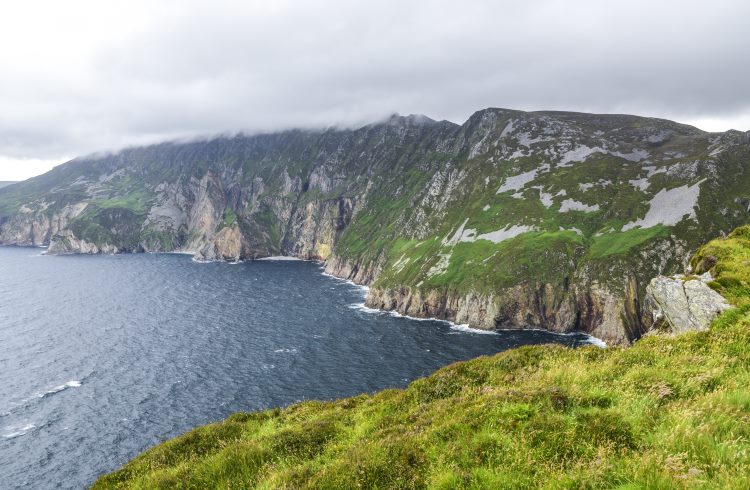
Dooney Rock Forest (County Sligo)
Whenever I’m in Ireland, I always make a beeline for this serene woodland on the shores of glassy Lake Gill. To me, there’s nowhere more peaceful and majestic on the planet. This tranquility stems not just from its beauty, but because it’s free from crowds, despite being a short drive from the lively, historic university town of Sligo.

The enormous boulder that gives this location its name acts as a wind block. So, too, does its tall forest. In the autumn, between September and November, the leaves shed by those trees create a bright carpet on the ground that’s a patchwork of colors from gold to orange, pink, and purple.
All year round there are beautiful views along the 1mi (1.6km) walk that loops along the lake’s edge and back through the dense forest. After finishing this simple hike, visitors can understand why one of the greatest poets in history, Sligo’s own W.B. Yeats, regularly came here for inspiration.
Doo Lough (County Mayo)
Peaks hug Lake Doo (Doo Lough) so tightly, it’s as if they’re trying to prevent its majesty from escaping. This rugged mountain pass in the far west of Ireland has a bracing beauty. It isn’t attractive in a manicured way – rather, its splendor is imbued with hostility, creating a sense that while it’s an extraordinary place to visit, it wouldn’t be easy to survive in this isolated, rough environment.
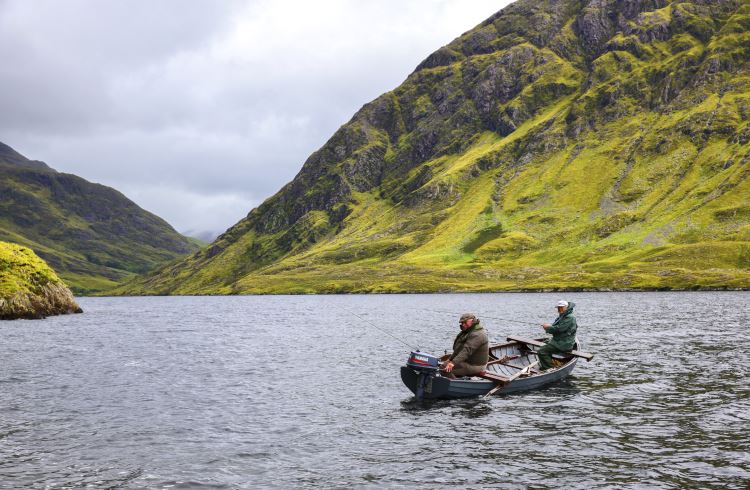
It’s a place where Mother Nature occasionally vents her anger, sending frozen winds and sweeping rains. In between those storms, however, Lake Doo feels like Ireland distilled into one location – a flawless, salmon-rich lake hidden between steep, green ridges which ancient workers once farmed, but where now only hardy sheep roam. Whether smothered in snow, whipped by gales, or illuminated by a sunny day, Lake Doo is wild and spectacular. Visitors have ample time to absorb its appearance while doing the 5mi (8km) loop hike around the lake.
Lough Key Forest Park (County Roscommon)
Marooned in a pristine lake, circled by thick forest, I spy a grand old castle. Its reflection on the still water is perfectly clear until it’s pierced by a bevy of swans cruising along beneath a cloudless sky. This looks like a scene conjured by CGI artists tasked with designing a heavenly setting for a children’s movie.
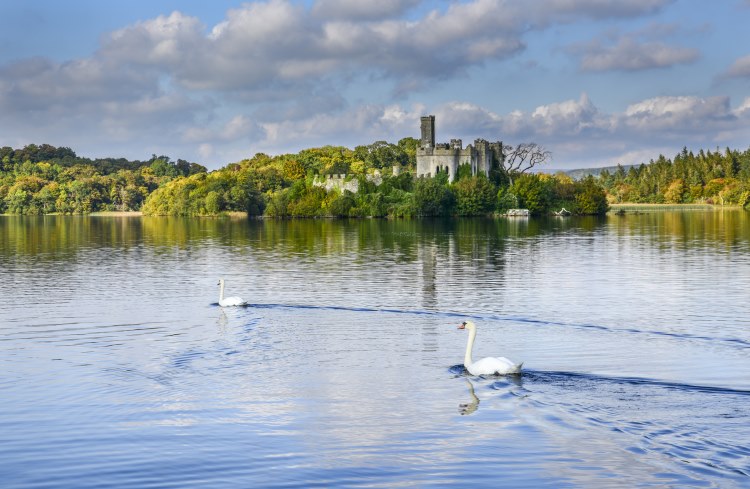
Everything appears almost too perfect to be authentic – but this is exactly how Lough Key Forest Park looks every time the sun has a big day out in County Roscommon. That’s also the best time to swim in the lake, picnic on the park’s vast waterside lawns, hike its more than 10mi (16km) of forest trails, or row a hire boat out to explore that 800-year-old fortress, McDermott’s Castle.
Keem Bay (County Mayo)
Having grown up in Perth, Australia, which is renowned for its exquisite coastline, it isn’t often I’m dazzled by a beach. Yet, even after nearly a dozen visits, that’s what happens every time I drive round the mountainside bend to catch my first glimpse of Keem Bay.
Here on Achill, Ireland’s biggest island, turquoise sea water laps against a 1,600ft-long (488m) stretch of soft white sand. What makes this beach on the western edge of Ireland so memorable are the enormous cliffs that protect the bay and, from above, look like a giant green horseshoe.
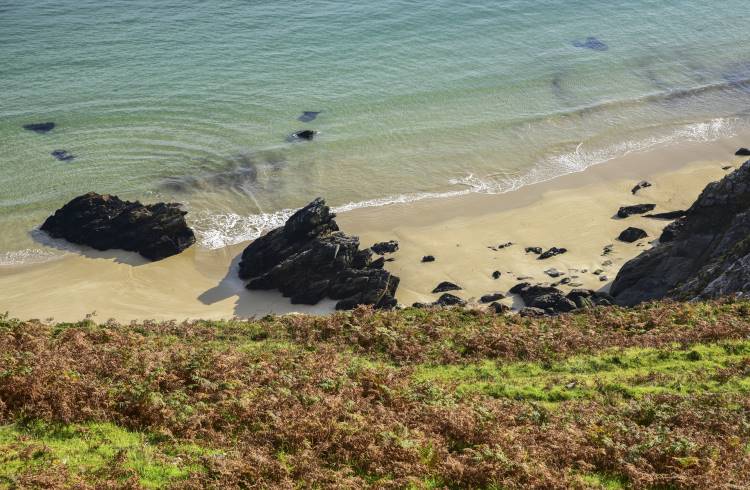
This favorable geography ensures Keem Bay is wonderfully calm for much of the year. Many of Ireland’s most attractive beaches are blighted by frequent strong winds and choppy water. Not Keem. It’s a haven, in every sense of the word.
Glencar (County Leitrim)
Tabletop mountains, their slopes heavily forested, loom above dramatic waterfalls, wide green plains, and translucent lakes. Yet the pristine valleys of County Leitrim are scarcely inhabited – by residents or tourists. The least populous county in Ireland, with only 32,000 people, Leitrim also is overlooked by most travelers. Yet, pound-for-pound, it’s the most picturesque county in the nation. I’ve yet to encounter a corner of Leitrim that was uninspiring.
“I stood enchanted at the scene of grandeur and of light” sang legendary Irish crooner Larry Cunningham in his song Lovely Leitrim, an ode to its underappreciated delights. The county’s glory reaches a crescendo at Glencar, where a waterfall tumbles down the lush hillside into a stream that feeds the adjoining lake. There’s a 4mi (6.4km) hiking trail through the hills above the lake, or a simple 0.7mi (1.1km) walk from the lakeside carpark up to the waterfall and back.
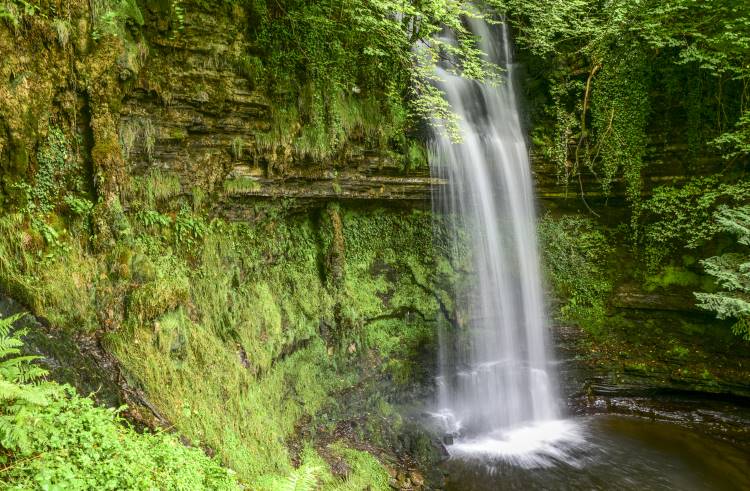
Gougane Barra (County Cork)
“Go where the monasteries are.” That was the half-joking, yet entirely helpful advice offered to me years ago when I asked an elderly Irish relative where to find the country’s most tranquil locations. In a nation brimming with isolated spots, it makes sense Ireland’s monks would gather in places of exceptional peace and beauty.
Kerry and Cork are popularly considered Ireland’s two most scenic counties, so somewhere straddling the border between them must be equally special. That’s what I figured as my Cork-native brother drove me to one of his favorite places, Gougane Barra, a hill-hemmed lake where St Finbar built a monastery 1,500 years ago.
It remains a site of Catholic pilgrimage, with some visitors following the historic St Finbar’s Path. This 19mi (31km) hiking trail starts near the Cork town of Drimoleague, and passes mountains, rivers, and lakes before reaching Gougane Barra.
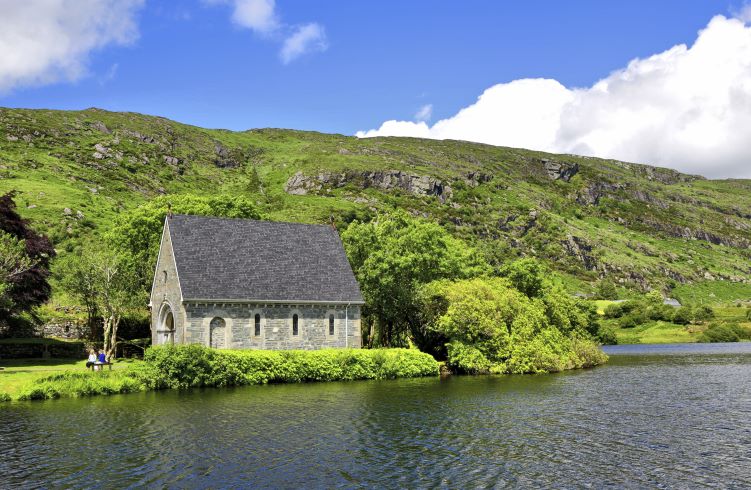
Road trip itinerary
Renting a car is easily the best way to explore Ireland. After flying into Dublin, drive 4hrs northwest to County Donegal. From the awesome cliffs of Slieve League, you can head south on the well-signposted Wild Atlantic Way, a spectacular 1,550mi (2,494km) driving route along the west coast.
Take a short detour inland, to County Leitrim, and after 1hr 40 mins of driving you’ll be admiring Glencar. From there it’s just a 20-minute drive into County Sligo to my personal haven at Dooney Rock Forest. Then, drive 1hr south to the leafy environment of Lough Key Forest Park. After that it’s 3hrs west to secluded Keem Bay on Achill Island, which is connected to the mainland by a short road bridge, and then a 90-min trip south through some of Ireland’s purest coastal scenery to the rough Doo Lough.
The final leg of the trip is the longest, a 4.5-hour journey down through counties Galway, Clare, and Limerick until you reach majestic Gougane Barra in County Cork. I recommended at least a week to complete this road trip.
Related articles
Simple and flexible travel insurance
You can buy at home or while traveling, and claim online from anywhere in the world. With 150+ adventure activities covered and 24/7 emergency assistance.
Get a quote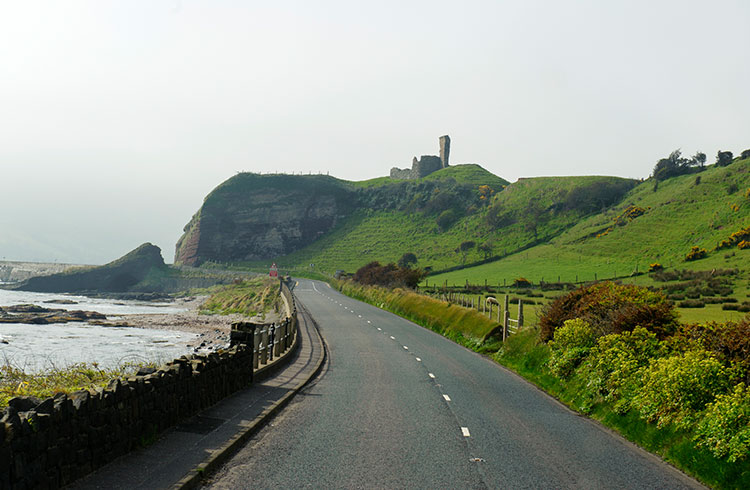

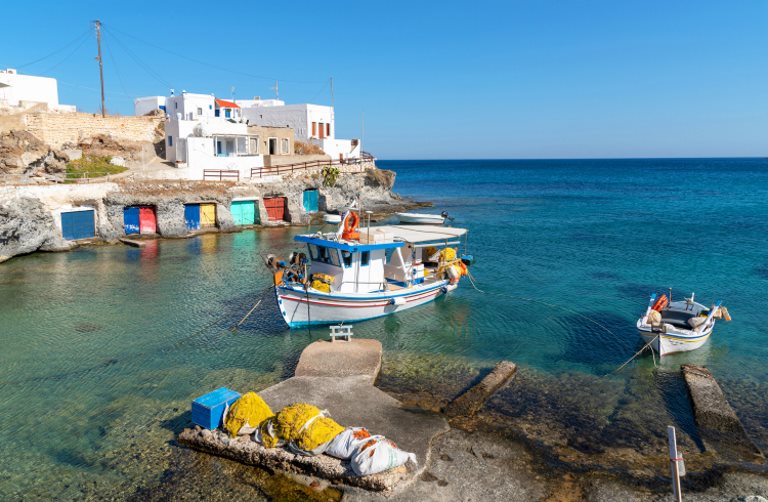
No Comments